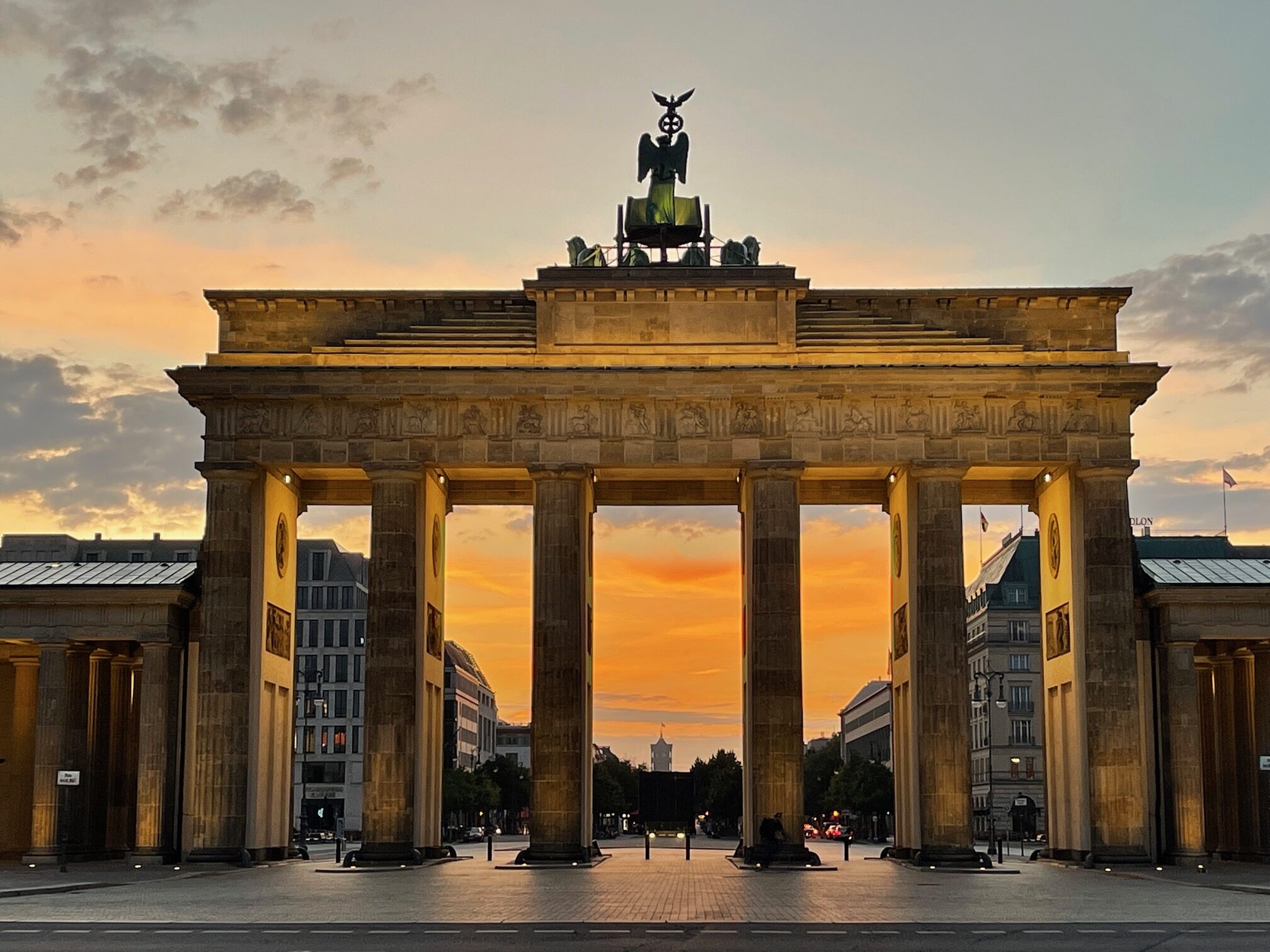
Sascha Weinberger
Germany
Traditional tango music (late 20s to the late 50s) is the music I love. However, the music of the “Epoca de Oro” (1935-1945) is my passion, as a dancer too. I always choose to play a combination of rhythm and romance without neglecting the drama and the tension of tango music.
My goal is to influence the energy on the Pista in a positive way and to keep the dancers at a high energy level and yet to see them happy and relaxed at the end of the Milonga.
Since 2000 I dance tango and since 2005 I was a “Mood Maker” in the Milongas of the Rhine-Main area (till 2020 in my own Milongas in Darmstadt) and djed also nationally and internationally.

Graziano Sportelli
Italy
I entered the world of tango in 2005 and immediately, I became passionate about studying tango music. I was given the opportunity to become resident tdj of a stable milonga in my province.
I continued to musicalise in many other milongas, in Apulian cities, and also outside the region. Subsequently, I began to play music not only in Italy but also in many other European countries, including France, Germany, Belgium, Portugal, Poland, Austria, England and Spain.
My musical preference is for the tango of the golden age and I always stay within the music of the 20s and 50s. Creating the right energy on the dance floor is my prerogative.

Ricardo Peixoto
Portugal / UK
I am a tango DJ who leaves the ego at the door. My aim is to play music for the dancers, to inspire an emergency cabeceo, to facilitate a nice ronda, to keep the smiles going in the end of a tanda.
I think of a tanda as a little story through the innards of an orchestra, with a beginning, a middle and an end. It has to make sense. My cortinas are designed specifically for the event. Cortinas are not there JUST to separate two tandas that can be quite different. They also allow me to bring life memories to those who have just finished a tanda.
As a DJ I try to establish a connection between myself, the dancers, and the music. Playing the music and understanding the dancers’ energy is as demanding and rewarding as dancing itself.

N.N.

Céline Devèze
France
“I offer traditional music with Tandas and Cortinas from period between the 1920’s to the late 50’s. The most important thing is to feel what is happening on the dance floor, and to adapt the musical selection according to the mood of the dancers. My intention is to keep the energy in the room intact by encouraging the emotion of the group as well as the intimacy of each dancer.
With being myselve a Milonguero style dancer for the past 20 years, I have developed a dynamic musicality influenced by the ‘golden period of Argentinian Classical Tango. My dynamic program is subtle and delicate and conquers a wide audience. The purpose : develop the emotion of each individual and energise the group on the dance floor.”
